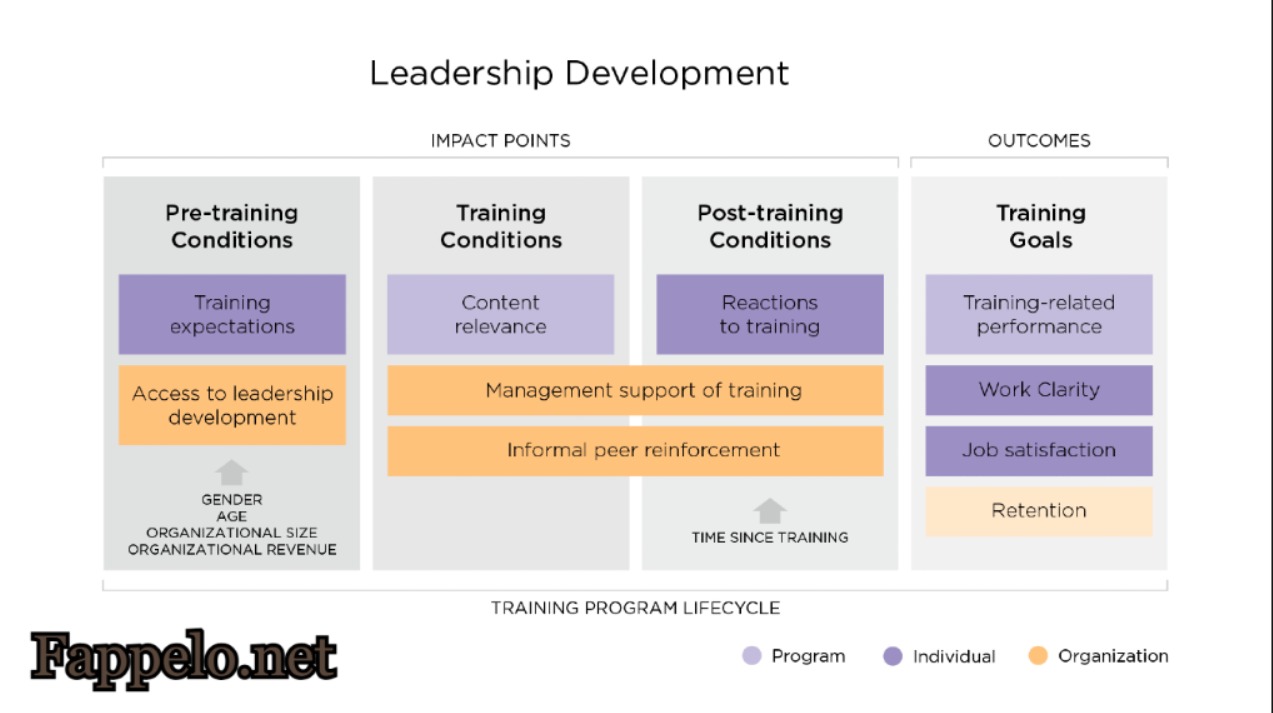Planning a home upgrade? If the house was built before the 1990s, you need to watch out for asbestos. It’s often hidden in ceilings, flooring, insulation, and walls. Disturbing these materials without proper care can be dangerous.
Stay safe by learning how to deal with it correctly. The tips below will walk you through what to look out for. Get familiar with the risks and learn the right steps when dealing with asbestos in home renovations.
Know Where Asbestos Might Be
Asbestos can be found in older tiles, pipe coverings, roof shingles, and joint compounds. It doesn’t pose a risk if left untouched, but it becomes dangerous when broken or disturbed.
Before starting any demolition or sanding work, inspect the materials. If you’re unsure, stop and get the materials tested first. Disturbing it without knowing can release harmful fibers into the air. Identifying these areas early helps prevent exposure.
Get a Professional Inspection
Don’t guess when it comes to asbestos. Have a licensed inspector check your home before tearing anything out. These professionals know where to look and what samples to take.
Lab tests will confirm the presence of asbestos. This is a key step before beginning any renovation work. It ensures you’re not putting yourself or your family at risk.
Avoid DIY Removal
Trying to remove asbestos on your own is not safe. It takes special tools, gear, and safety procedures to do it properly. Professionals follow strict rules to prevent contamination.
Improper handling can spread fibers throughout your home. That’s why asbestos removal should always be done by a trained contractor. It’s the safest route and often required by law.
Seal Off the Renovation Area
If work is being done in an area with asbestos, seal it off completely. Use plastic sheeting and tape to contain dust and fibers. Turn off any air systems that can spread particles.
Workers should wear protective suits and masks during the process. Proper barriers stop fibers from traveling to other rooms. This step protects both residents and workers.
Clean Up with Care
Cleaning up after asbestos work must be done with high caution. Standard sweeping or vacuuming will not work. Special HEPA vacuums and wet-cleaning methods are needed.
All waste materials should be sealed in approved containers. Disposing of them at designated facilities is a must. Leaving debris behind can continue to pose risks.
Follow Local Laws and Rules
Asbestos is a regulated material for a reason. Most areas have strict rules on how to test, remove, and dispose of it. Before starting any job, check what’s required in your region.
Skipping these steps can lead to fines and health risks. It also delays the renovation timeline. Following the rules keeps your project legal and safe.
Monitor Air Quality During and After Work
Airborne asbestos fibers are invisible but harmful when inhaled. During renovation, air monitoring helps detect if fibers are present. Professionals use special equipment to test air quality.
If levels are high, work must stop until the area is cleared. Even after the job is done, post-work testing is important. This ensures the space is safe before anyone moves back in.
Learn to Safely Handle Asbestos in Home Renovations
Dealing with asbestos in home renovations takes serious care. Never assume it’s safe to proceed without testing or expert help.
Stick to proven methods and legal guidelines to stay protected. Your health and the safety of others come first.
Feel free to check out our blog if you want to read more.



